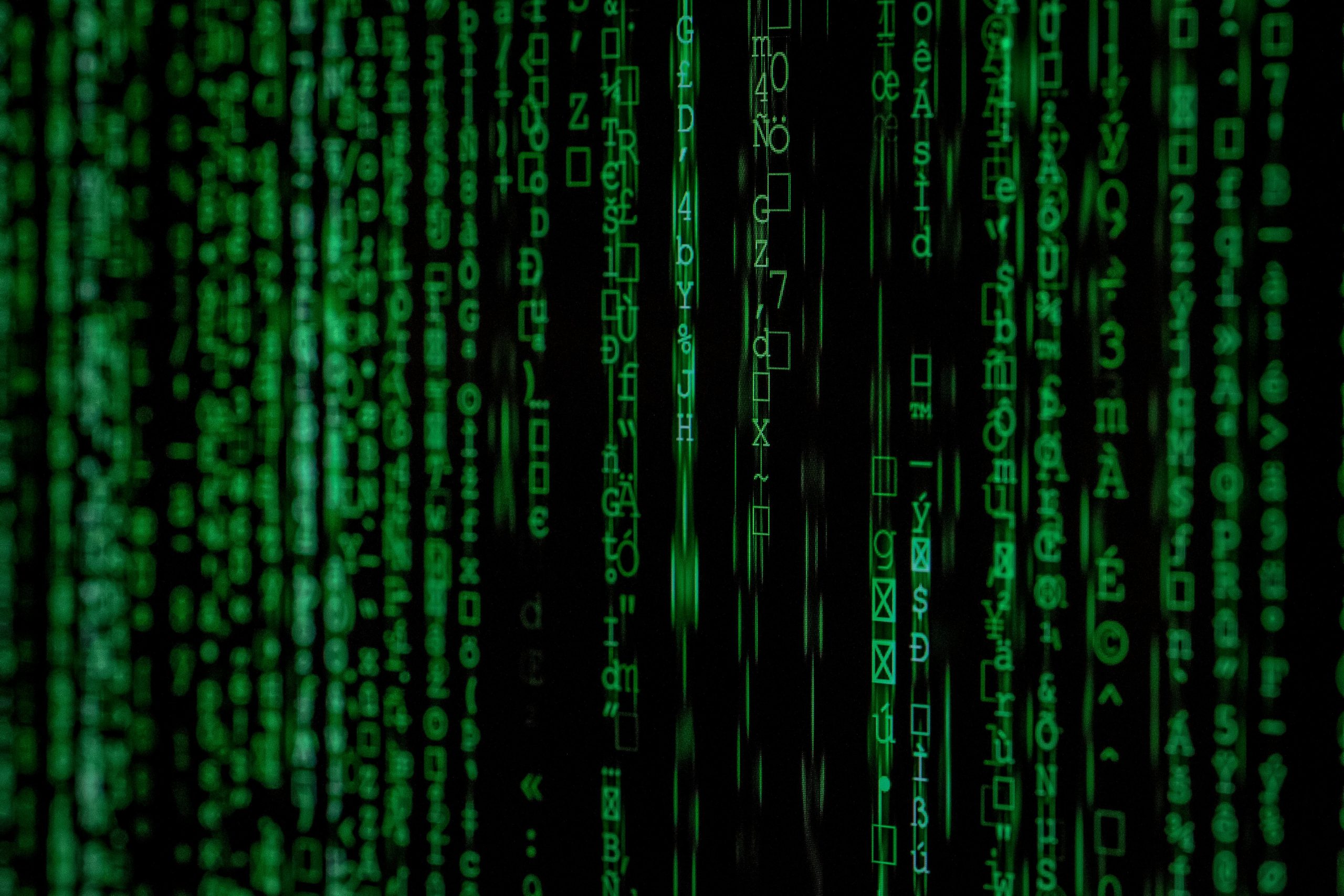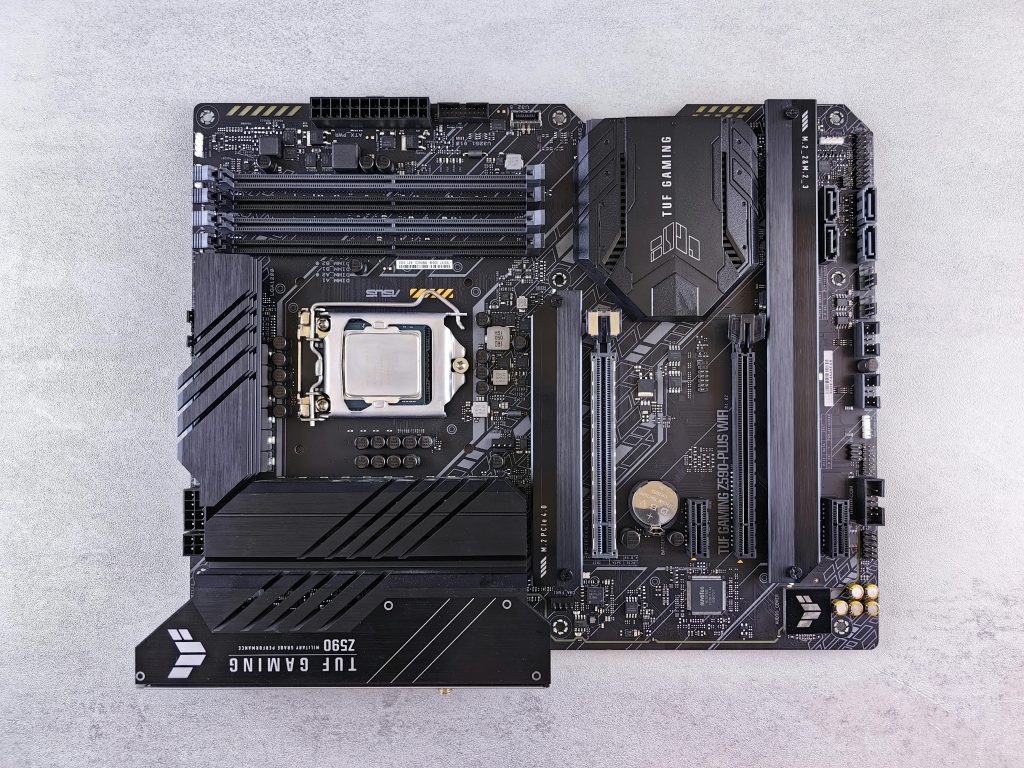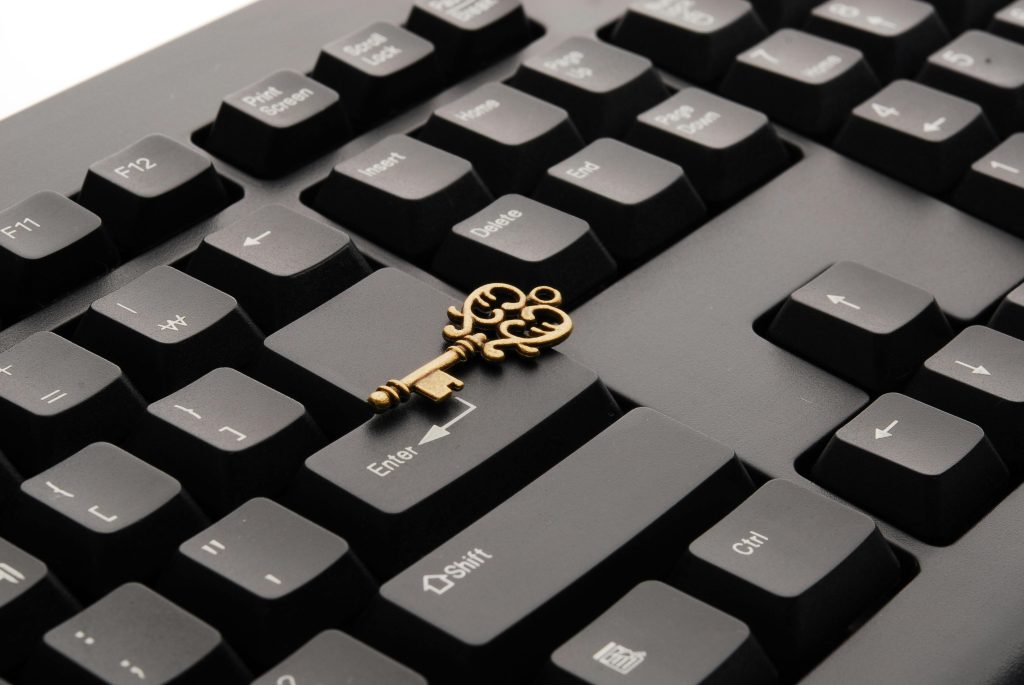Understanding Sudden PC Lag: A Professional Analysis and Troubleshooting Guide
Introduction
Experiencing sudden system sluggishness can be alarming and disruptive, especially when it occurs unexpectedly after routine hardware and software changes. This article aims to provide a comprehensive overview of potential causes and troubleshooting strategies for sudden PC lag, drawing from a real-world scenario involving recent hardware updates and system anomalies.
Case Overview
The user reported installing a new microphone (HyperX Solocast), which initially functioned without issues. Subsequent activities included gaming on Steam, using non-Steam games (such as Band Master Online), browsing the internet with Brave Browser, and working with Adobe Illustrator and Photoshop.
Unexpected Symptoms:
- Lag during game updates and application launches
- Persistent background processes (e.g., Steam updating CSGO)
- Update failures on specific games (e.g., Farlight84)
- Prolonged shutdown procedures and forced power-offs
- Fans remaining active post-shutdown
- Fluctuating responsiveness of system software (e.g., AMD Radeon software)
- Typing delays (5-10 seconds) across applications
- Application responsiveness issues with delays in opening or closing files
System specifications include an AMD Ryzen 7 5700G processor, Asus Dual RX580 8GB graphics card, B550m Steel Legend motherboard, 16GB of DDR4 RAM (Teamgroup Classic 2×8 3200 MHz), and a Corsair CV750 power supply.
Potential Causes and Troubleshooting Steps
-
Hardware Conflicts or Power Issues
-
Check Power Supply Stability: The Corsair CV750 is a reputable PSU, but ensure it is delivering stable power. Use a PSU tester if available.
-
Fan and Cooling Problems: Fans spinning after shutdown indicate possible motherboard or power issues. Inspect motherboard VRMs and fan connections.
-
Software Conflicts or Corruption
-
Corrupted Drive or Files: Update failure and “corrupted drive” message suggest disk issues. Run
chkdskand consider using system repair tools. -
System File Integrity: Use
sfc /scannowandDISMcommands to repair system files. -
Background Processes and Resource Usage
-
Use Windows Task Manager or Resource Monitor to identify processes consuming high CPU, memory, or disk activity.
-
Note that some apps might not show high resource usage but can still cause lag (e.g., malware or background tasks).
-
Windows and Drivers
Share this content:



